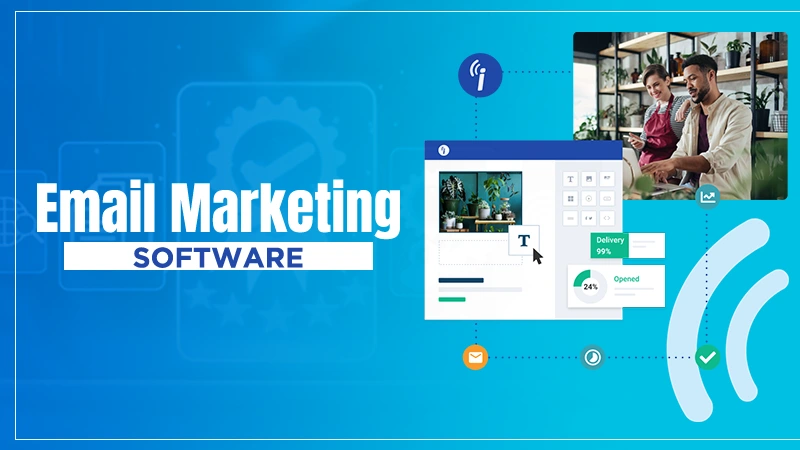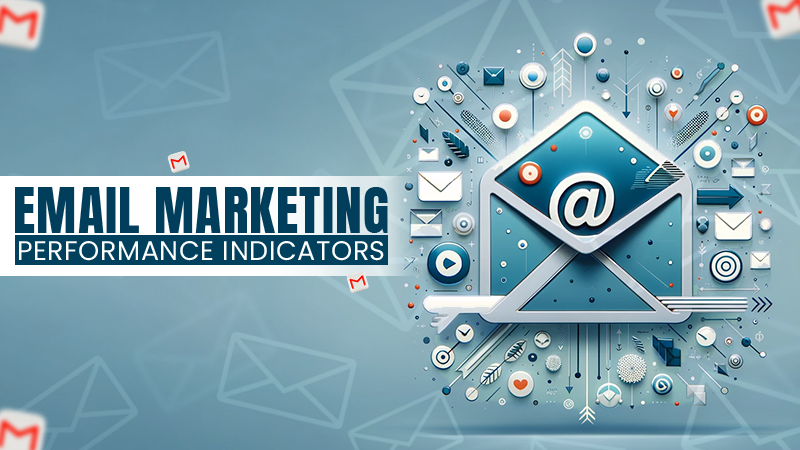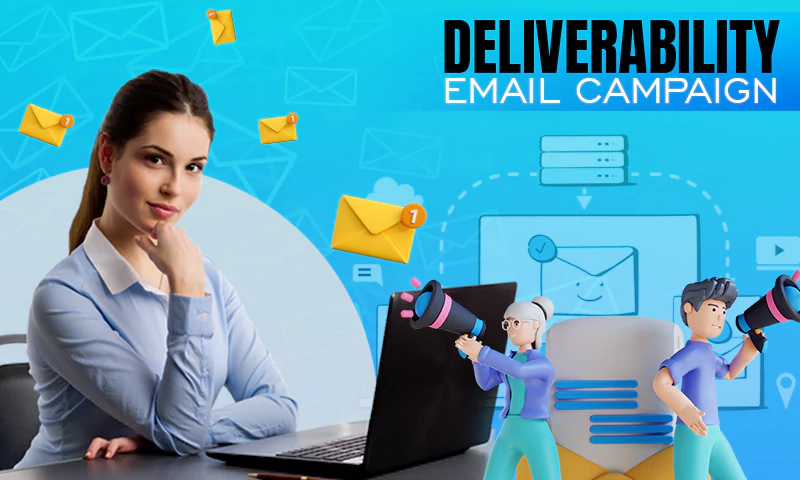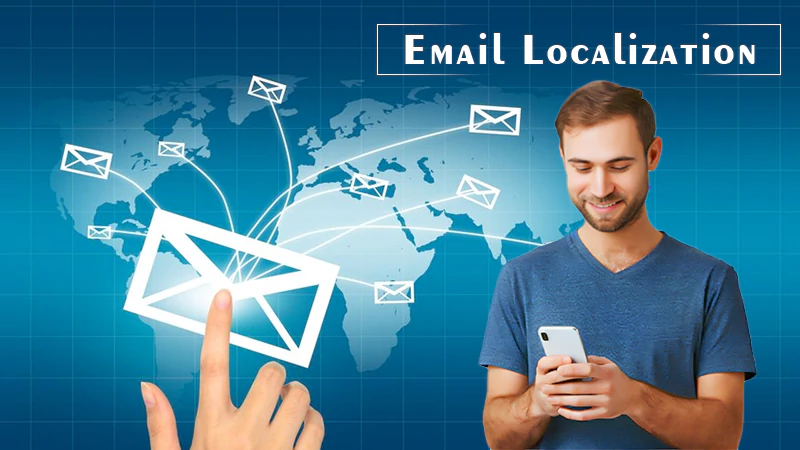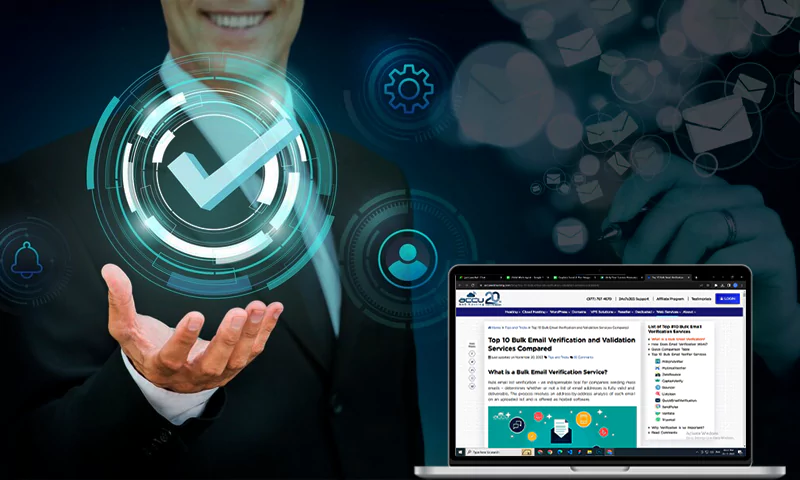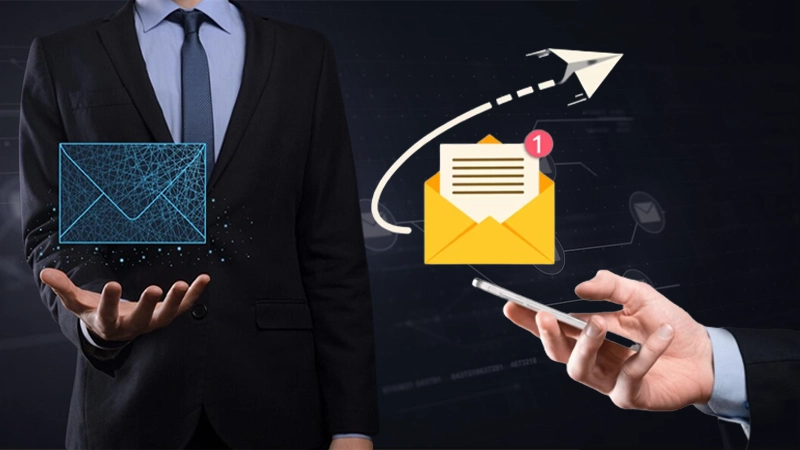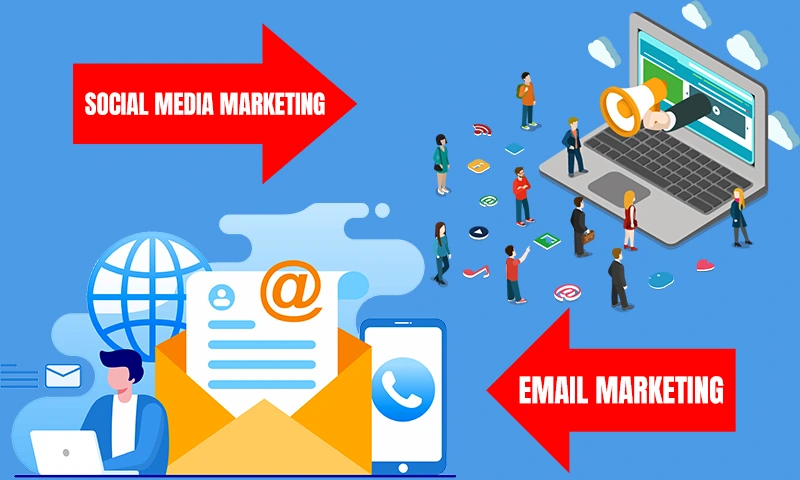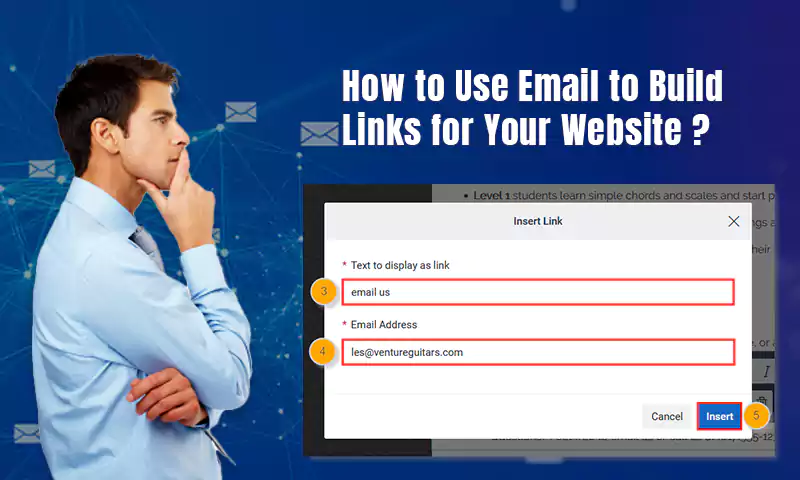Email Marketing in the Age of Personalization: Trends & Strategies
Introduction: Why Email Marketing?
In this startup era emerging in our society, various businesses are nowadays setting up their operations to earn more and more profits. One of the daily operations that hold immense value in survival is Marketing, Email Marketing to be specific. Since it holds the capacity to contact a major chunk of the audience at once, it comes out as an ideal advertising candidate for ventures.
mail Marketing: The Power of Personalization

The key to leaving an impression on the reader is communicating with them through the message. For that need, it becomes critical to add a pinch of personalization and a bit of human touch into the message. The reader should feel like reading a text from a person rather than a computer-generated chatbot.
Your business can try using tailor-made prompts and formats for communicating with each type of consumer. For example, those who just signed up on your website, those who made their first purchase from your website, etc. A report data from Statista shows that personalized emails have an aerate open rate of 29.3% as compared to 20.8% for non-personalized emails.
There are several ways to personalize emails:
Interactivity in Emails
Interactive emails allow customers to engage with the content, making the experience more enjoyable and memorable. Examples of interactive elements include polls, quizzes, and games. By incorporating interactive elements, businesses can increase customer engagement and drive conversions.
Automated Email Campaigns
Specific actions or occurrences, such as a consumer departing their shopping cart or making a purchase, trigger automated email marketing. These emails may be tailored to the customer’s behaviors and preferences. According to Epsilon, automated email marketing outperforms broadcast emails by 119%. By automating email campaigns, businesses can save time and resources while still delivering personalized messages to their customers.
Artificial Intelligence and Email Marketing
Customer data may be analyzed using artificial intelligence to provide tailored suggestions. A clothes company, for example, can utilize AI to recommend ensembles based on prior purchases and browsing behavior. By using AI, businesses can deliver highly personalized content to their customers, increasing engagement and driving conversions.
Effective Email Marketing Strategies for Personalization
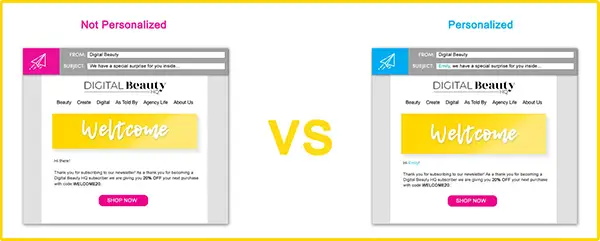
Personalization is a key aspect of email marketing that can help improve engagement and conversions. Here are some email marketing strategies for personalization:
- Use the recipient’s first name in the email subject line and greeting. However, personalization goes beyond using the recipient’s name and should be based on their interests, behaviors, and preferences.
- Segment your email list based on demographics, interests, and behavior to send targeted and relevant content to each group.
- Use dynamic content to personalize the email body based on the recipient’s behavior, location, or preferences.
- Send personalized product recommendations based on the recipient’s purchase history or browsing behavior [4].
- Send personalized offers or discounts to incentivize the recipient to make a purchase [5].
By implementing these email marketing strategies for personalization, you can improve your email open rates, click-through rates, and conversion rates. In case you want more elaborated instructions, here are some more tips to create effective personalized email campaigns, businesses should consider the following strategies:
Segmentation and Targeting
Segmentation involves dividing the email list into smaller groups based on demographics, behavior, or preferences. This allows businesses to send targeted messages to specific groups, increasing the relevance and effectiveness of the email. According to eMarketer, 74% of marketers say targeted personalization increases customer engagement.
Dynamic Content
Dynamic content allows businesses to show different content to different customers based on their behavior or preferences. For example, a travel company can show different holiday destinations based on the customer’s previous searches.
Testing and Optimizing
Just like machinery or your vehicle, regular testing and optimizing email campaigns are also significant. A/B testing is a method that consists of sending two different versions of mail to a group of consumers and then analyzing the results to figure out which of the following mail outperformed the other. To prove this, Experian shows that personalized subject lines hold 26% more potential in getting opened and read by users than non-personalized ones.
Integrating Email with Other Channels
Integrating email with other channels, such as social media or mobile applications, allows businesses to contact clients across numerous platforms and provide a consistent customer experience.
Email Marketing Tools to Empower Your Strategy

There are several tools available to businesses to help them create effective personalized email campaigns:
Email Service Providers (ESP)
ESP platforms provide businesses with the tools to create and send emails, manage email lists, and track performance. Popular ESPs include Mailchimp, Campaign Monitor, and Constant Contact.
Design Tools
Design tools, such as Canva or Adobe Creative Cloud, can help businesses create visually appealing emails that are consistent with their brand.
Analytics Tools
Analytics tools, such as Google Analytics or Litmus, can help businesses track the performance of their email campaigns and make data-driven decisions.
Personalization Tools
Personalization tools, such as Dynamic Yield or Ever gage, can help businesses create personalized content and recommendations based on customer data.
The Impact of GDPR on Email Marketing
Email marketing has been significantly impacted by the General Data Protection Regulation (GDPR). Businesses must now acquire express agreement from consumers before sending them marketing emails, and customers must be able to unsubscribe easily.
Email Marketing: An Evergreen Channel
Despite the hurdles provided by GDPR and other rules, email marketing continues to be an effective way for businesses to communicate with their consumers. Businesses can design effective email campaigns that engage customers and generate conversions by embracing customization and employing the correct tools and methods. According to HubSpot, 90% of customers find personalized marketing material to be somewhat or extremely enticing, and 80% of retail experts believe email marketing is their most effective driver of client retention.
Conclusion: The Future of Email Marketing is Personal
Personalization is the way of the future in email marketing. Businesses can design effective email campaigns that engage consumers and generate conversions by personalizing messages to specific customers and utilizing the correct tools and methods. To stay ahead of the competition, organizations must keep up with the newest trends and techniques as technology evolves. 72% of customers, according to SmarterHQ, will only interact with personalized communications.
Share





